Blogs
Expert Tips on Massage, Remedial Therapies, and Holistic Health Solutions

If you’re someone who spends hours in the gym, lifting heavier weights every week, but still deals with nagging aches, tightness, or even injuries, you’re not alone. I see this all the time. People come in complaining about shoulder pain, lower back tightness, or feeling stiff, even though they train hard and look strong. When I check their movement, though, there’s one thing that stands out, they’re strong, but not stable . This is a common issue, especially for those who focus only on building muscle and strength while ignoring stability and mobility . Strength alone isn’t enough. If your body can’t control that strength, you’re setting yourself up for problems.

I recently watched a lecture video called "Is Pain Science Really a Pain for Massage Therapists?" by Aran Bright. This was part of my ongoing professional development, something I dedicate a lot of time to every day to improve my skills and knowledge so I can provide better care for my clients. And it really changed the way I think about pain! So, I wanted to share some of the key things I learned with you, because understanding pain better can actually help you feel better, too.
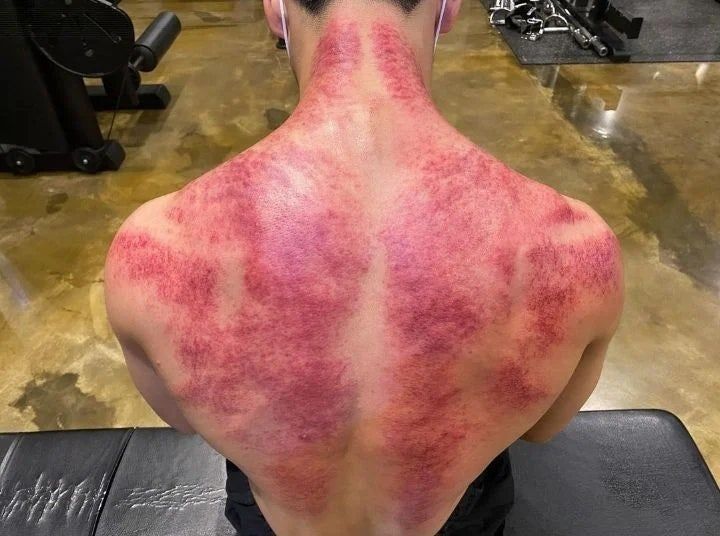
Let me tell you about something weird I saw the other night while scrolling through YouTube. Lately, I’ve been really into watching other therapists work, checking out different approaches on Instagram and YouTube. Last night, I stumbled across a video on a fitness celebrity’s channel in the U.K. He was getting an IASTM (Instrument-Assisted Soft Tissue Mobilisation, also known as Graston technique) treatment from a sports therapist, and everything seemed normal, until the therapist made a pretty bold claim. As soon as redness started appearing on the guy’s skin, the therapist confidently said it was because “toxins were coming out.” No explanation, no scientific backing, just a statement that made it sound like IASTM was some kind of detox miracle. And of course, in the comments section, people ate it up, believing it just because the practitioner is a health expert and the channel owner is a well-known fitness personality. But let’s set the record straight: IASTM is NOT a detox therapy, and there’s no such thing as a manual “detox” treatment.
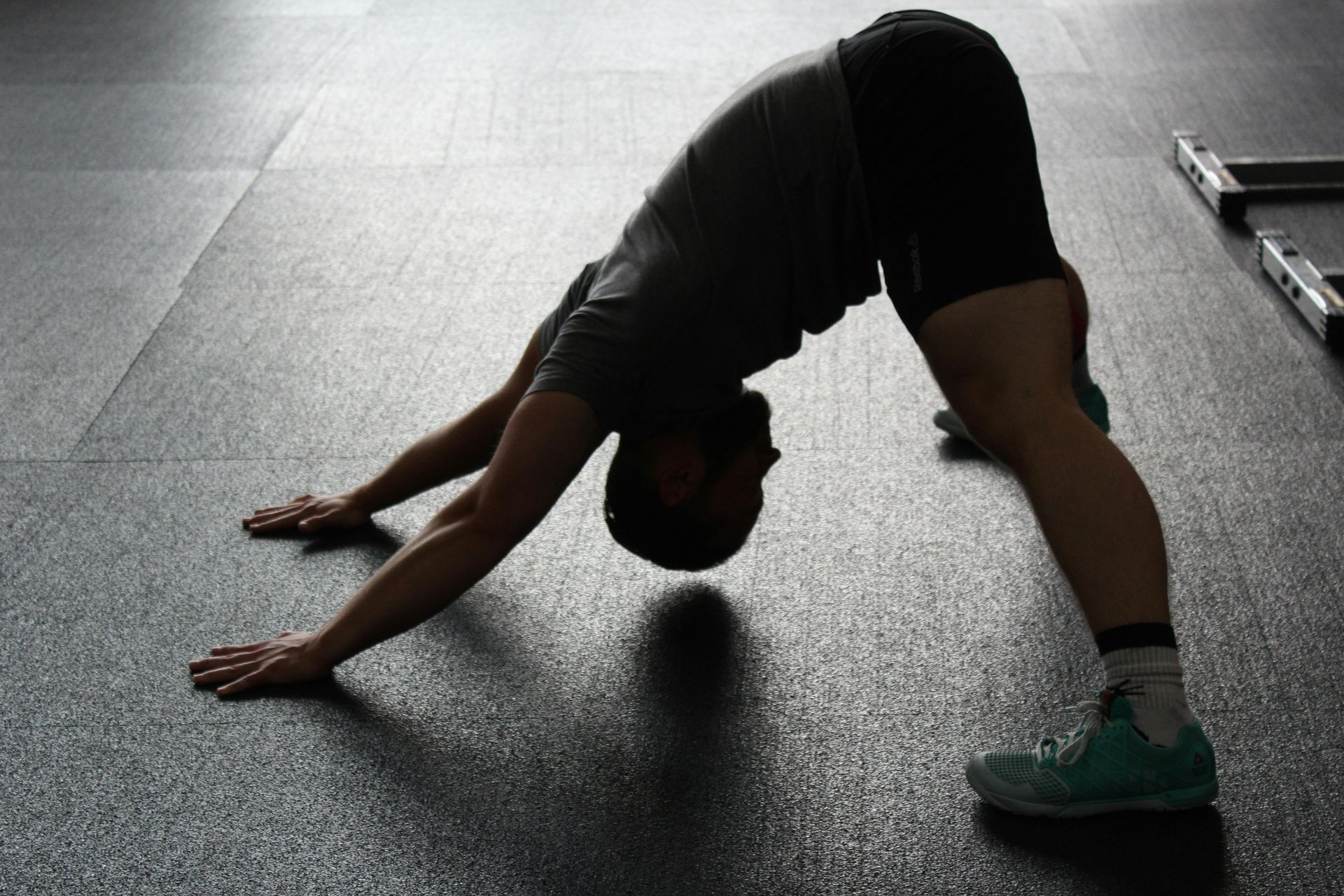
At Good Health Group Clinic Brighton , we often hear clients say, "I've been stretching my tight muscles, but they just won’t loosen up!" Recently, a viral social media post caught my attention, claiming that stretching makes muscle knots worse and that stretching fascia doesn’t work. The video compared stretching a muscle with trigger points to pulling on a knotted rubber band, it supposedly makes the knot even tighter. The post gained a lot of traction, with many people commenting, "No more stretching for me!" But is this really true? As a clinic that specialises in myotherapy, chiropractic care, and remedial therapy , our practitioners, myotherapist Ian Selvarajoo , chiropractor Dr. Tanja Nishibata , and remedial and dry needling therapist Sam Noh , understand that while stretching alone isn’t always the solution, dismissing it entirely is misleading. So, let’s explore what the science actually says about stretching, trigger points, and flexibility. What Are Trigger Points? Trigger points, commonly known as muscle knots , are hyperirritable spots in the muscle that can cause local and referred pain. They develop due to: Chronic overuse Repetitive strain Poor posture Stress and nervous system tension Inadequate recovery after workouts A muscle with trigger points is often tight but weak , contracted and stiff, yet lacking strength. This explains why simply stretching the muscle may not provide relief. Does Stretching Really Make Trigger Points Worse? The viral video suggested that stretching a tight muscle is counterproductive because it worsens the "knotting" effect. While this analogy may seem logical, the reality is more complex. In some cases, aggressive stretching can aggravate tight muscles, especially when: The muscle is in a highly contracted state (such as after prolonged stress or poor posture). The nervous system is hypersensitive , causing muscles to tighten further in response to a stretch. You hold static stretches for too long without first addressing the root cause of the tension. However, this does not mean stretching is inherently bad, it just needs to be done correctly . What Does the Science Say About Stretching and Trigger Points? Contrary to the claim that stretching is harmful, research shows that when performed properly, stretching can actually help alleviate muscle tightness and improve function . Stretching Increases Blood Flow and Oxygenation Studies have shown that stretching enhances circulation , reducing muscle ischemia (lack of oxygen), which is one of the primary causes of trigger points. Stretching Helps Regulate Muscle Tension When you stretch, you activate the Golgi tendon organs , which help relax overactive muscles and reduce excessive tension. Stretching Restores Functional Muscle Length Chronic muscle tightness can lead to adaptive shortening , making muscles more prone to pain and dysfunction. Stretching helps counteract this. How to Stretch the Right Way Without Making It Worse Instead of avoiding stretching altogether, here’s how to incorporate it safely and effectively : 1. Start With Soft Tissue Work First Before stretching, release the muscle tension using: Self-massage (hands or massage ball) Foam rolling (avoiding excessive pressure on painful spots) Trigger point therapy, dry needling, or myotherapy , which our practitioners at Good Health Group Clinic Brighton offer. 2. Use Active and Dynamic Stretching Instead of prolonged static stretching, opt for controlled, movement-based stretches to encourage blood flow and mobility. Example: Instead of a deep static hamstring stretch, try hamstring swings or single-leg Romanian deadlifts . 3. Avoid Overstretching Painful Muscles Pain is a signal from your body— forcing a stretch won’t fix the issue . If stretching worsens your symptoms, it’s time to adjust your approach. 4. Strengthen Weak Muscles Trigger points often form because a muscle is both tight and weak . That means stretching alone isn’t enough—you also need strength training . Example: Instead of constantly stretching tight hip flexors, incorporate glute and core strengthening exercises . How Good Health Group Clinic Brighton Can Help At Good Health Group Clinic Brighton , we take an evidence-based approach to muscle health and mobility. Our team of skilled practitioners can help with: Myotherapy : Our myotherapist Ian Selvarajoo specialises in releasing muscle knots using advanced soft tissue techniques. Chiropractic S ports and Spinal rehab : Dr. Tanja Nishibata can assess your posture and spinal health, ensuring your nervous system and musculoskeletal system function optimally. Remedial Massage & Dry Needling : Sam Noh provides expert remedial therapy and dry needling to address chronic muscle tension and improve flexibility. Stretching Is Not the Enemy The idea that "stretching makes knots worse" is an oversimplification . While improper stretching can sometimes aggravate muscle tightness, when done correctly , stretching is a powerful tool for reducing discomfort and improving mobility. The key is how you stretch. By combining stretching with soft tissue release, active movement, and strengthening exercises , you can effectively manage muscle tension and enhance performance. If you’re struggling with persistent muscle tightness, book an appointment at Good Health Group Clinic Brighton , where our expert team can help you find the best approach to mobility and recovery.

Baseball is not the most popular sport in Australia, but as someone who grew up in South Korea and in a KIA Tigers supporting family, I’ve been watching KBO (Korean Baseball Organization) games since I was born. This year, I noticed an interesting development from one of the team’s top young players, Do-young Kim, who has dramatically improved his hitting performance. In the 2023 season, Kim was already a talented batter, but he only hit 7 home runs with a slugging percentage (SLG) of 0.453. For those unfamiliar with baseball, a home run is when a batter hits the ball over the outfield fence, allowing them to score instantly. Slugging percentage (SLG) measures the total bases a player earns per at-bat, indicating their power-hitting ability. Fast forward to 2024, and Kim’s stats have skyrocketed, he has hit 38 home runs with an SLG of 0.647. That’s an incredible leap! So, what changed? After closely watching his batting stance and swing, I realised he had enhanced his hip internal rotation (HIR) , allowing him to generate more torque and power in his hitting mechanics. This got me thinking, the same principle applies to improving my clients’ daily movements and sports performance.
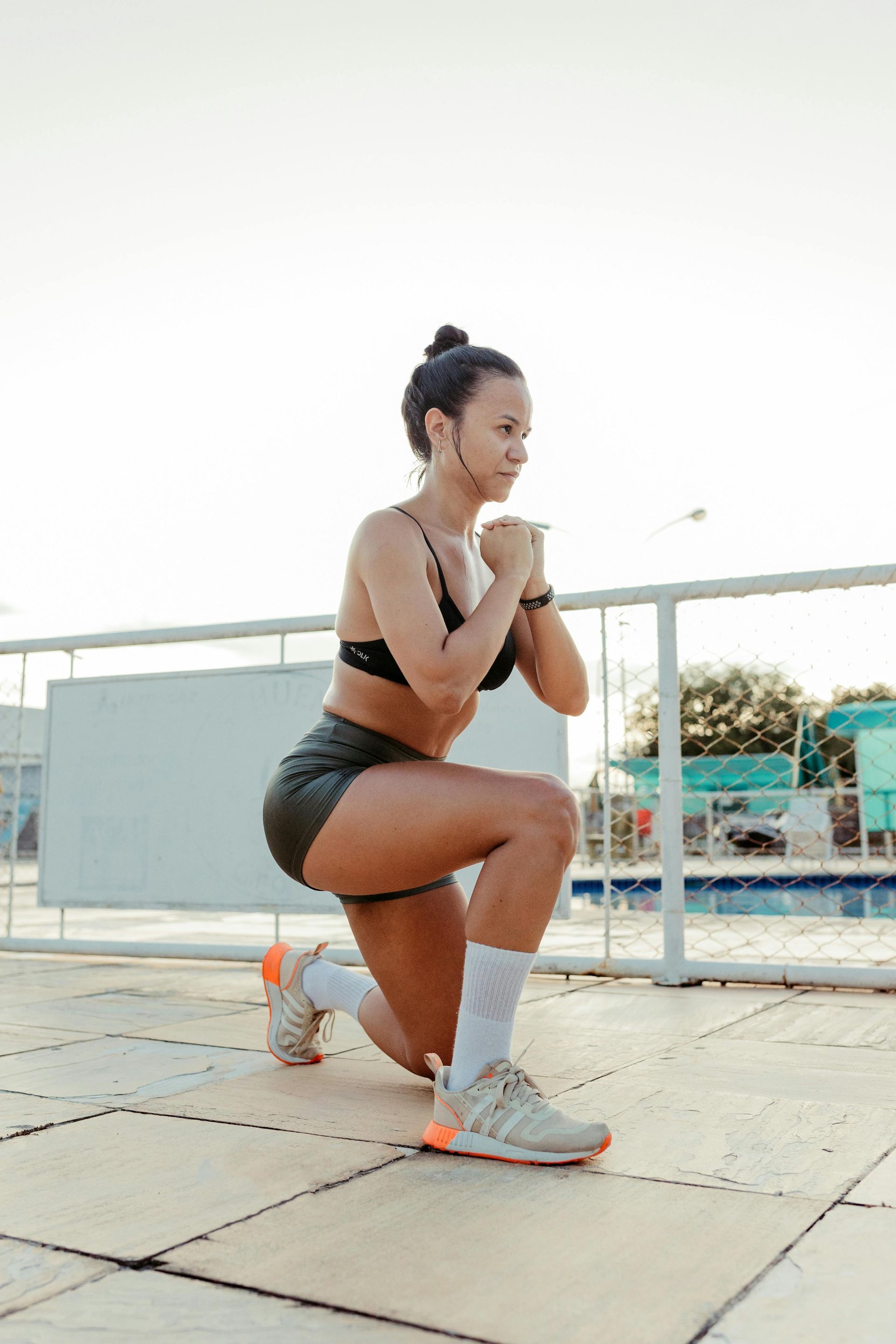
When clients walk into Good Health Group Clinic after a musculoskeletal injury, most have one goal in mind, getting stronger. Strengthening exercises have long been seen as the gold standard for recovery, but in reality, jumping into strength training too soon can often make things worse rather than better . Over the years, I’ve noticed a common pattern, more than half of my clients experience aggravation when they begin strengthening exercises early in rehab . Their pain flares up, movement feels unnatural, and their body starts compensating in ways that lead to more dysfunction. This got me thinking 'Is there a better way?'

When I was a sports trainer for the Ferntree Gully Football Club, I worked with many young athletes pushing their limits to perform at their best. One of them, a talented midfielder, came to me with a problem, he felt "stuck" when kicking the footy. His range of motion was limited, and his leg didn’t extend fluidly in the follow-through. He had no pain, just the feeling that something was holding him back. After assessing him, I found that his adductors were excessively tight. When I released them, he immediately felt lighter, more mobile, and his kicking mechanics improved. The issue? Adductor overactivity, a common but often overlooked factor affecting footy players.
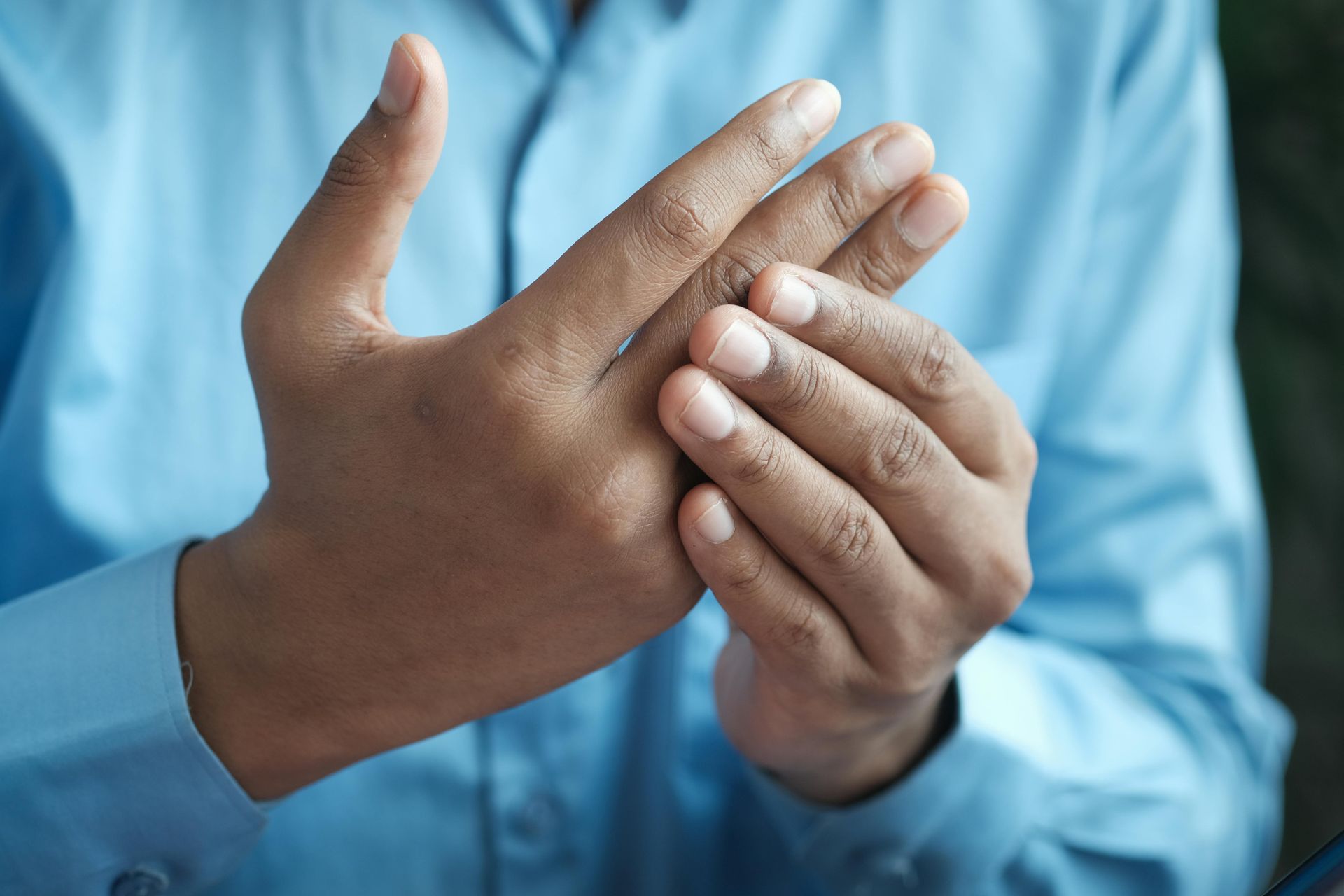
Have you ever experienced that annoying tingling or numbness in your hand, particularly in your ring and pinky fingers? It might feel like your arm fell asleep, but if it keeps happening, you could be dealing with ulnar nerve entrapment. Don’t worry, this is more common than you think, and your posture could be playing a bigger role than you realise. Let’s break it down in a way that’s easy to understand.
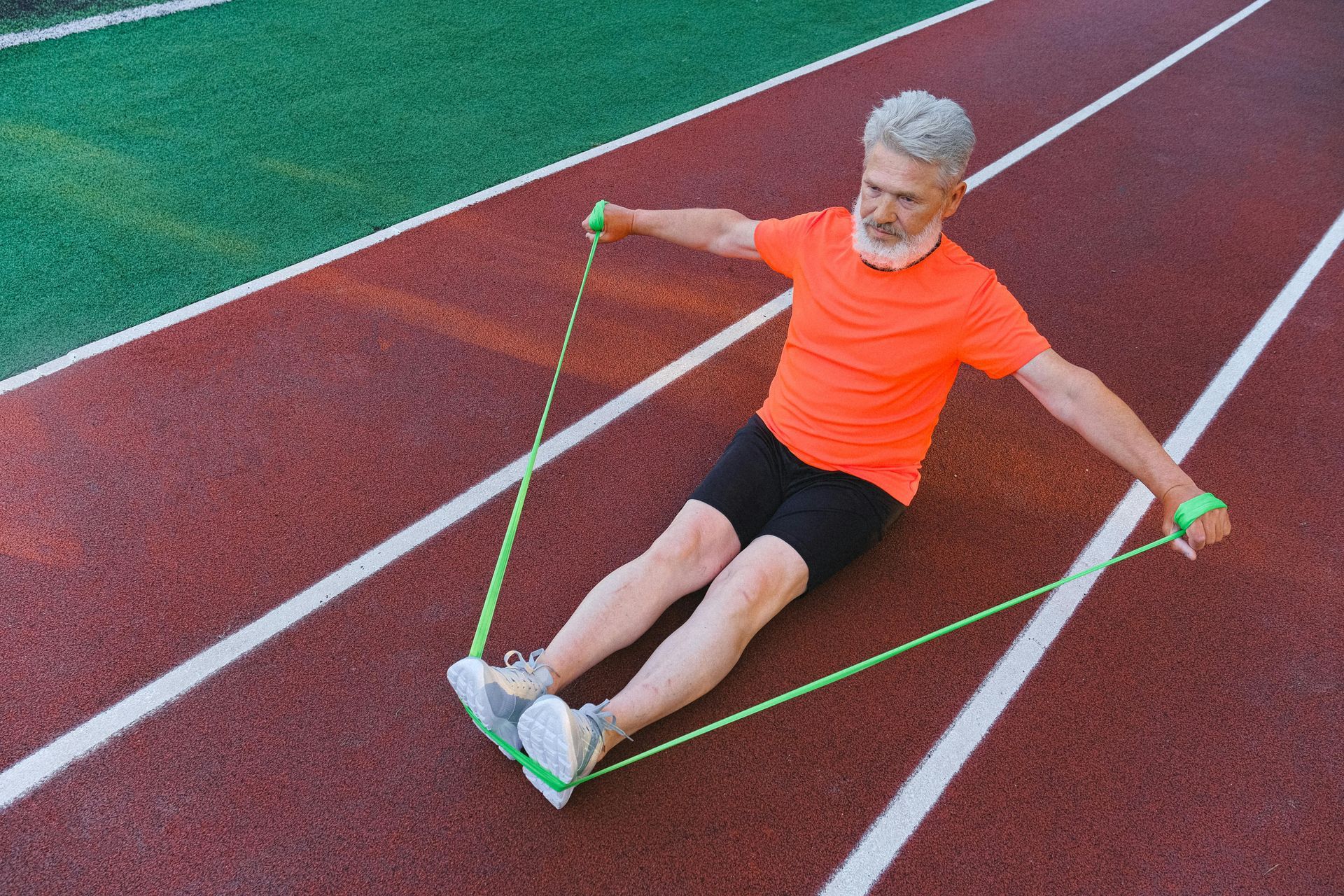
Pain from injuries or daily strain is incredibly common, and if you’re dealing with it, you’re not alone. At Good Health Group Clinic , we work with clients every day to help them feel better and get back to doing the things they love. Our team combine expertise to create personalised treatment plans that make a big difference in your recovery. Let’s break it down so it’s simple and easy to understand.





